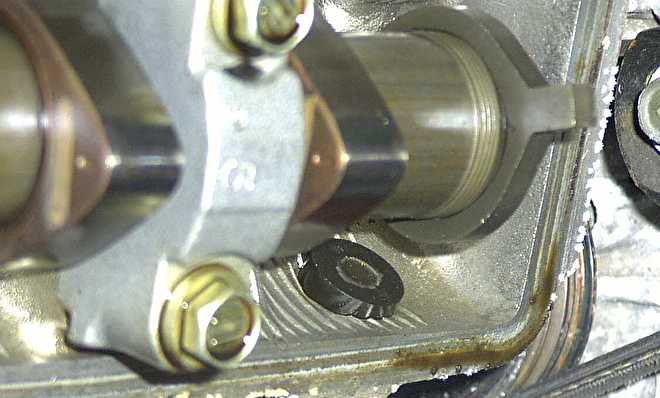Cam Phase sensor
A HALL sensor is usually used as a camshaft sensor. But a VR sensor also works great (Ford Zetec, Duratec, Toyota Supra).
Sequential injection
If we want to inject or ignite fully sequentially, we need a camshaft sensor. The camshaft sensor tells the ECU the stroke of the relevant cylinder (intake stroke or stroke).
The advantage of a fully-sequential injection is that the engine runs a bit quieter, which picks up more quickly, has fewer emissions and is more economical. We inject the gasoline at exactly the time when it is needed. This is normal just before opening the inlet valve. Then the gasoline has time to evaporate and mix, but there is no more turbulence from other cylinders in the manifold.
Sequential ignition (Coil On Plug)
The advantage of fully-sequential ignition is that the ignition coils are only switched on when needed. This saves heat. If the engine is used at very high speeds, this can be important for the bobiine's. Technically, a DIS ignition or "Wasted Spark" works equally well. The heat problem only occurs at speeds higher than 10,000.
Odd-Fire
With Odd-fire V6 engines (The PRV engines from the Peugeot 504/604, Volvo 260, Renault and Alpine, DeLorean, Maserati C114) the phase MUST be known. Whether you use a distributor, dual dizzy or Coil per Plug. Due to the 90-degree block angle on a 120-degree offset crank pin, the ignition is divided into an unequal 90-150-degree interval. If we do not know the correct stroke of the engine, the ignition will not take place on time and these engines can be seriously damaged. The EFIgnition supports odd-fire ignition.
Trigger wheel
The trigger wheel on the camshaft only contains 1 tooth. The sensor will see this just before the missing tooth (s) of the crankshaft trigger wheel passes. At that moment cylinder 1 comes into operation.
If the trigger wheel has more than 1 tooth, you can use "polling". The ECU now checks whether the signal is high or low during the missing tooth (s) of the crankshaft. The remaining teeth are ignored.


